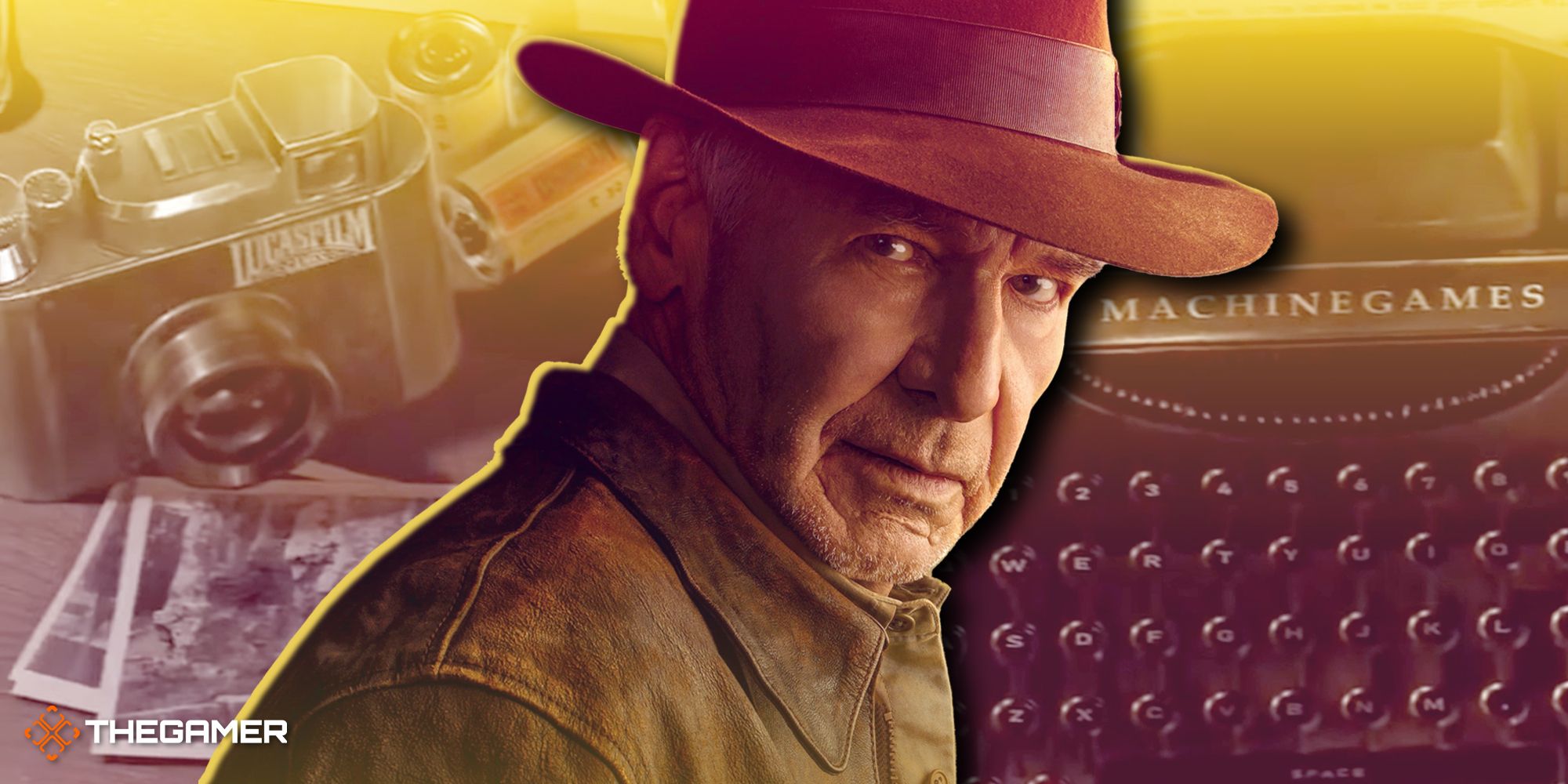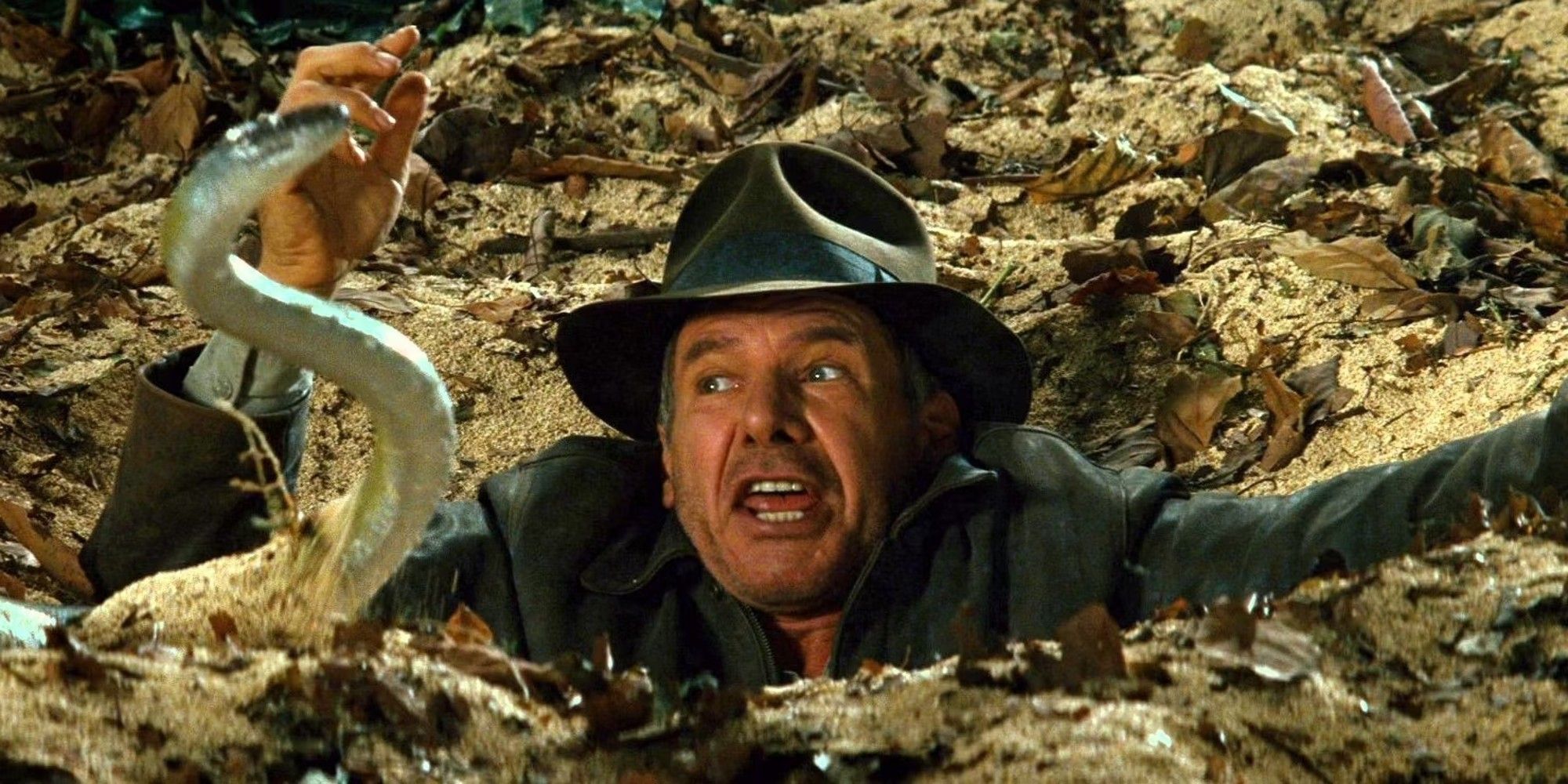This article contains spoilers for Indiana Jones and the Dial of Destiny.
Indiana Jones and the Dial of Destiny telegraphs early on that it will become a time-travel movie, but a lot of audience members were still surprised when it became one. During the opening sequence, which begins with Indy captured at Nuremberg Castle, Mads Mikkelson's Jürgen Voller explains that the titular Dial, the Antikythera mechanism, was believed to be able to open fissures in time.
So when, in the final act, Voller has secured both halves of the Dial and, with his lackeys, Indy, and Phoebe Waller-Bridge's Helena Shaw, flies into the past, I wasn't surprised. That's where this movie always told us it was going.
It feels strange to see this third act twist treated like a big swing for that reason. I like the third act. I think the first 45 minutes and last 30 are the best parts of the movie, which meanders a whole lot in the middle. But, given the places a movie about time travel could have gone, the decision that writers James Mangold, David Koepp, Jez Butterworth, and John-Henry Butterworth make — to return to Archimedes' time, during the Siege of Syracuse — is fairly tame and ties into the movie's plot pretty neatly.
Once you crack the time travel glass, no era is off limits. We could have seen Indiana Jones punching a velociraptor, or Indiana Jones at the crucifixion. The Nazis could have been flying forward into the future to do 9/11, or even further down the line for a Ford-meets-Ford Blade Runner crossover. Time travel opens up an infinite spectrum of story possibilities and I was holding my breath in the theater, waiting to see if Mangold and co. would jump the shark (or, more appropriately for this series, nuke the fridge).
But, what they landed on was pretty down-the-middle. It gave us the cool visual of World War II-era planes being assaulted by Roman soldiers with ballistas. And Indiana Jones meeting a living, breathing historical figure in Archimedes was an interesting near-final moment for a character who has devoted his life to studying history and exploring the relics that those important figures left behind. It's a good twist, but not a ridiculous one.
That's especially true if you consider the ways the other Indiana Jones movies have ended. Raiders concludes with a bunch of Nazis getting their faces melted off by the power of God contained within the Ark of the Covenant. Temple of Doom has human sacrifice and sacred stones imbued with godly power that are activated by invoking the name of Shiva. A man's heart is ripped, beating, out of his chest, and he continues living.
Last Crusade has Indy walking across invisible tiles arranged across a chasm, and healing his father's mortal wound with the Holy Grail. The knight guarding the cups is centuries old. And Kingdom of the Crystal Skull has Indy survive a nuclear explosion inside a fridge, and confirms the existence of aliens. This is not a series that has ever been grounded.
That's a good thing. It's cool to have a long-running series, largely helmed by one well-respected director, starring one of the biggest movie stars in the world, that is devoted to being pure pulp. The only way the series will ever entirely jump the shark is if, God forbid, Indiana Jones 6 is a multiverse story. Let's pray it never comes to that.



